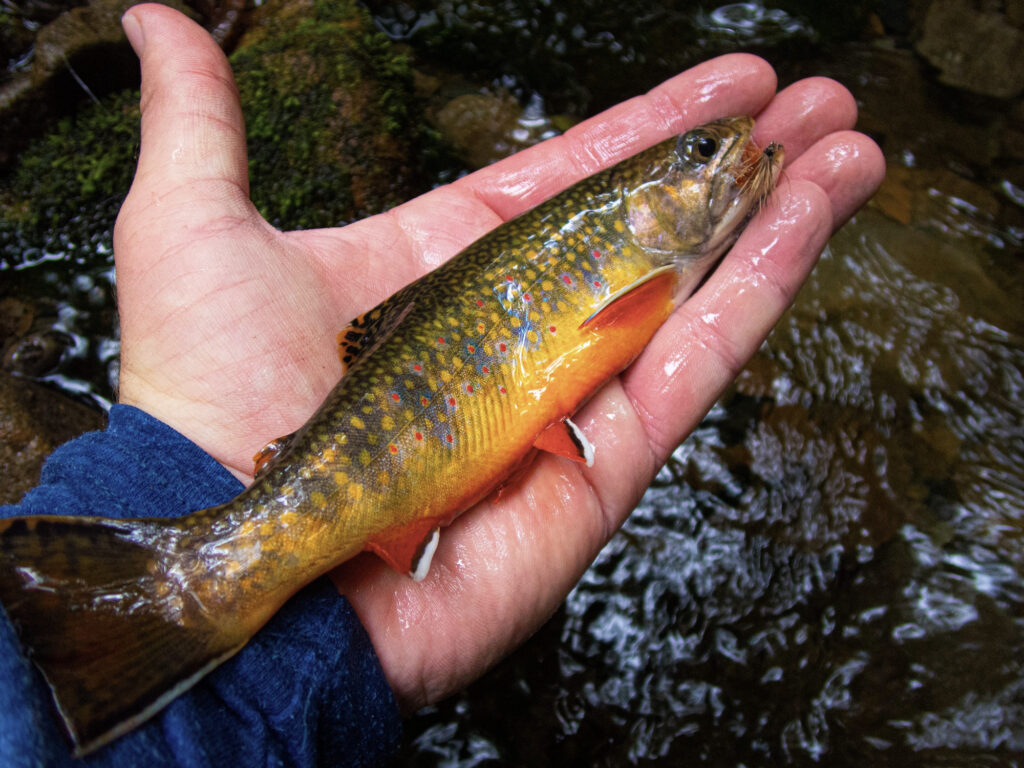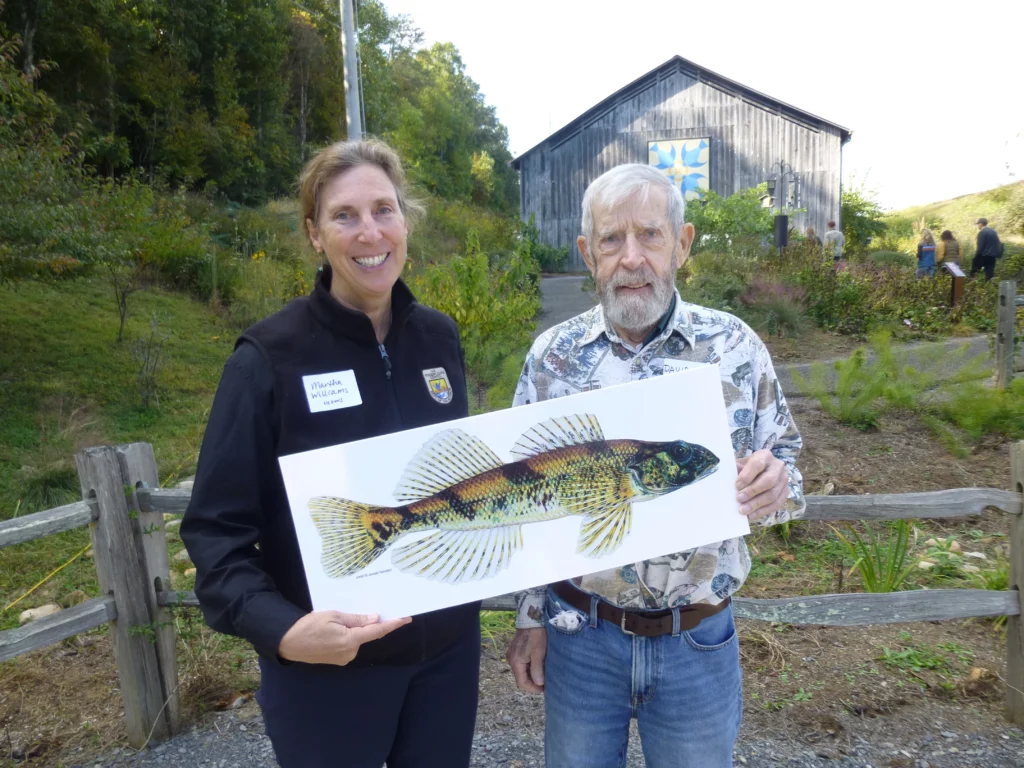Welcome to the Etnier Ichthyological Collection
The University of Tennessee Etnier Ichthyological Collection (UTEIC) is a state-supported facility used for undergraduate, graduate, and professional teaching, research, and public service.
UTEIC houses over 450,000 specimens of fishes. The collection is the primary repository of the native fishes of Tennessee. It houses the most important collection in the world of fishes from the southern Appalachians, and has a strong emphasis on collections from the eastern U. S., Mexico, and Central America. It is a basic resource for studies in taxonomic/systematic ichthyology, functional morphology, as well as ecology, and maintains a database containing vast information on fishes of the Southeast and around the world. In addition, the general public and numerous state and federal agencies, conservation groups, environmental consultants, and legal council rely on our specimens for general information and for data critical to biodiversity, habitat management, and conservation decisions.



The Etnier Collection
With over 45,000 lots, it is the largest fish collection in the state of Tennessee and the third largest overall in the southeastern U.S. No other fish collection in the world can match its breadth of holdings from the rivers draining the western slope of the Appalachians that contain the most diverse freshwater fauna of any temperate region. The UTEIC had its origin in the 1960s, when Dr. David A. Etnier began collecting fish for teaching and research on the fauna of Tennessee and surrounding states. Through specimen contributions from governmental agencies, biological consultants, and scientific studies, UTEIC has continued to grow by an average of 1200 specimens per year since 2000.
For over 50 years, the UTEIC has served as both a repository and reference for private and governmental agencies working on the fishes of southeastern United States. The UTEIC contains substantial holdings of inventories made during in-stream monitoring surveys by both the Tennessee Valley Authority (TVA) and the Tennessee Wildlife Resources Agency (TWRA). Identifications of the over 300 species of fishes native to the Tennessee and Cumberland River basins (Etnier and Starnes 2001) collected during these surveys would be incredibly difficult without the availability of UTEIC as a reference. Additionally, we are entering a new period in systematics in which collections will be increasingly valuable as a source of vouchered material for conservation genetics and molecular phylogenetics. The UTEIC contains priceless information for understanding the historical ecological niches of fishes and for documenting distributional data and changes due to human alteration of river drainages and global climate change. We anticipate that the use of UTEIC will increase greatly with an on-line presence and the expansion of molecular methodologies for examining the biodiversity holdings in UTEIC.
